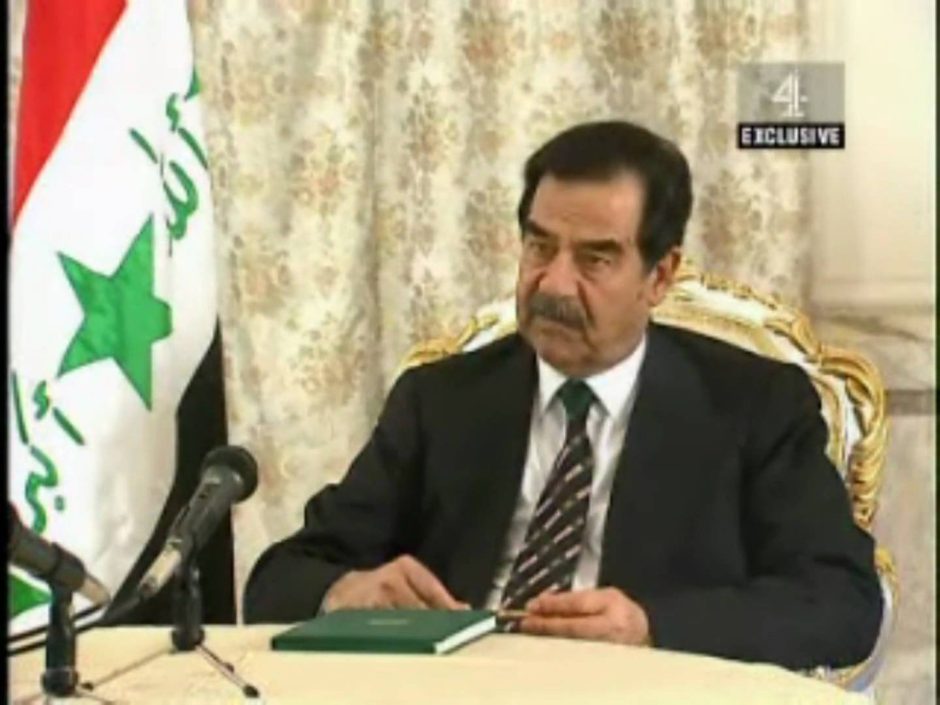Iraq’s dictatorial strongman, Saddam Hussein, ruled his country with an iron hand, tolerating no dissension. Barring a coup or fatal illness, he could have governed Iraq indefinitely had he kept his nose to the grindstone. But being guided by hubris and wildly false assumptions, he made the major mistake of invading neighboring Kuwait on August 2, 1990 — a gigantic miscalculation he may well have regretted, given subsequent events.
Saddam’s misguided adventure precipitated the first Gulf War in 1991, subjected his Baathist regime to crippling United Nations sanctions and prompted the United States and its allies to invade Iraq in March 2003. The invasion, in turn, doomed Saddam, who was executed by hanging at the end of that fateful year.

These thoughts came to mind as I read Aaron M. Faust’s The Ba’thification of Iraq: Saddam Hussein’s Totalitarianism (University of Texas Press), a cogent analysis of Saddam’s dictatorship. Rising through the ranks as a member of Iraq’s security and intelligence services, he seized power in 1979 and controlled Iraq like a fiefdom. He then threw it all away in a burst of stupidity.
Faust, a U.S. State Department employee who holds a PhD in Middle Eastern history, examines Saddam’s methods of control in this first-rate book, which is based on the internal records of the Ba’ath Party. Consisting of approximately 11 million pages, they were discovered by Iraqi dissident Kanan Makiya, and are now housed at the Hoover Institution Archives on the campus of Stanford UnIversity in Palo Alto, California. Until these invaluable files were uncovered, scholars usually had no access to Iraq’s archives and had to rely on newspaper accounts, broadcasts, Western archives, official Iraqi statistics and interviews with Iraqi exiles.
What the new documents show, says Faust, is that Saddam could not have survived as president from 1979 to 2003 without having created “a wide base of support at all levels of government and throughout society.”
Referencing the Israeli scholars Amatzia Baram and Ofra Bengio, Faust points out that Saddam maintained his hold on Iraq by cultivating a loyal inner circle, coopting the political and economic elites and shuffling top officials in and out of positions. These Machiavellian maneuvers enabled him to dominate the major pillars of his regime — the security apparatus, the Ba’ath Party, the armed forces and the oil industry.
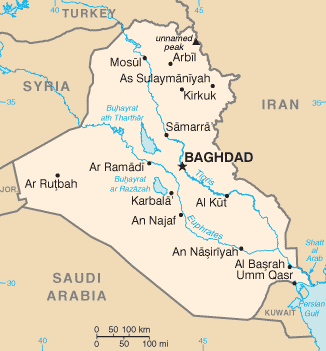
His clever strategy, known as Ba’thification, permitted him to manipulate Iraqis’ tribal and familial conceptions of honor, as well as their religious and ethnic sensibilities. Ba’thification, he adds, was extremely self-serving, enabling Saddam to eliminate alternative political organizations and ideas and forcing the masses to subordinate their social, economic, religious, cultural, familial and individual bonds to him and the Ba’ath Party. Once a person was identified as an enemy, he or she had little choice but to go into hiding, join a resistance group or flee.
As Faust notes, before the Ba’ath Party assumed power in 1968, Iraq was governed by a British-installed monarch, King Faisal bin Hussein al-Hashemi, in league with former Ottoman notables, officials, landowners and tribal sheikhs. The Sunni monarchy, which largely excluded the majority Shiite community from politics, was deposed in 1958. The new leader, Abd al-Karim Qasim, lasted until 1963. He was succeeded by the Arif brothers, who gave way to Ahmad Hassan al-Bakr, Saddam’s mentor.
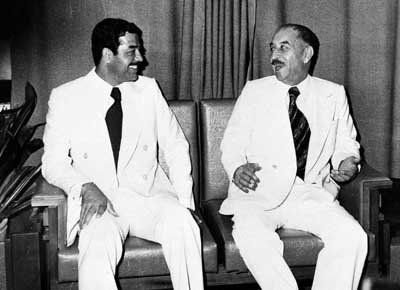
Bakr acted quickly to root out opponents. Through purges, retirements, rotations and murders, he replaced the military’s senior leadership. Through ideological indoctrination and surveillance, he made sure that the Ba’ath Party became an appendage of the regime.
Bakr appointed Saddam as deputy chairman of the ruling Revolutionary Command Council in 1969, eventually placing him in charge of security and the nationalization of the oil industry. Iraqi oil revenue, which reached $8 billion by the end of 1975, enabled the regime to create a system of patronage and allegiance, modernize the state and the military and establish a state-run economy. Access to education and medical care improved, the size of the middle and working classes increased, incomes rose sharply and consumer goods became more widely available, all to the benefit of the nation and the regime.
“The stability and relative prosperity that Ba’athist rule brought in its first decade led many Iraqis to overlook the freedoms that the party curtailed and the Ba’ath’s increasingly violent suppression of dissent,” writes Faust.
Silencing all opposing voices, Bakr transformed Iraq into a one-party police state.
Saddam officially took over in July 1979, and the manner in which he did so set the tone of his presidency. At a closed meeting of the Ba’ath Party leadership, Saddam accused several members of plotting against him. They were marched out of the auditorium and summarily shot. Saddam’s willingness to be ruthless with rivals, a trait also exhibited by Joseph Stalin and Adolf Hitler, was one of the hallmarks of his regime.
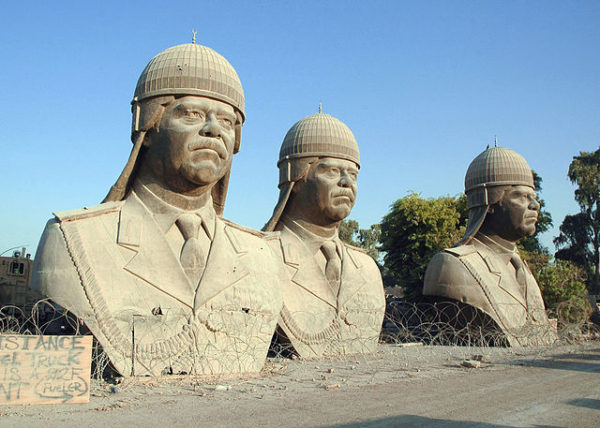
In consolidating his power, he established a Stalinist cult of the personality, a measure designed to cement what Faust describes as his “untouchable, absolute authority as (Iraq’s) sole legitimate leader.” The subservient Iraqi media portrayed Saddam as a brave, creative, smart and thoughtful leader with limitless energy who was consumed by the need advance the country’s progress.
Through a carrot-and-stick patronage network and a social welfare system, Saddam doled out jobs, benefits, perks and state contracts in exchange for support and loyalty. Iraqis who remained loyal were eligible for enticements such as housing assistance, superior medical care, luxury goods, professional and educational opportunity and the possibility of overseas travel.
Iraqis who did not go along were excluded from these array of benefits and could be intimidated and terrorized. Saddam used his ability “to empower and emasculate, enrich and impoverish.”
Ba’thification targeted Iraqis at all levels, controlling what they could watch on television, where they could live, what jobs they could obtain and what civil and professional organizations they could join. “The Ba’ath tried to turn an Iraqi’s religious faith into Ba’athist faith,” says Faust.
Since Saddam possessed a monopoly over the state’s means of force, he could do what he pleased. And since he was at liberty to appoint or dismiss his deputies, ministers and all other civilian and military employees, including judges and generals, he was omnipotent.
He maintained absolute control by appointing and reappointing family members, tribal relations and confidants to important positions in the bureaucracy, but in the end, he relied mostly on a handful of ardent loyalists starting with his two sons, Qusay and Uday.

Saddam also depended on his personal secretary, Abd Hammud, on the loyalty of men he had known since his youth and on certain individuals in the Ba’ath Party. They included such figures as Tariq Aziz, a Christian who would serve as foreign minister, and Izzat Ibrahim al-Duri, who would be deputy commander of the Revolutionary Command Council and the only figure close to Saddam who would not be captured or killed after the allied occupation of Iraq.

Like the majority of his fellow Arab rulers, Saddam was not an observant Muslim. And in keeping with the Ba’ath Party’s national, socialist, secular agenda, he pursued anti-religious policies. Being an autocrat who guarded his powers jealously, he was wary of religious institutions that espoused alternative ideas and pledged allegiance to higher powers. But he was not reluctant to mobilize Islam to suit his own needs.
Following the first Gulf War, he increased the frequency of his Islamic rhetoric and, in the so-called Faith Campaign, offered overt government support for religious symbols, laws, practices, education and institutions. Faust believes he embraced Islam in order to “suffocate” it. “The Ba’ath combined these policies with intense surveillance of religious clerics, institutions and rites, cracking down hard when (it) felt threatened by a preacher or practice,” he says.
In light of the Iraq-Iran War, which consumed hundreds of thousands of combatants, Saddam regarded Iran — a majority Shiite nation — as Iraq’s number one foreign enemy. “The regime’s depiction of Iranians as heretics and anti-Arab bigots provided cover to deport thousands of Iraqis of Iranian origin in there 1980s,” writes Faust.
Saddam’s animus was focused on Israel as well, given its conflict with the Palestinians and its 1981 bombing of the Osiraq nuclear reactor. As a result, he observes, Saddam tapped into Iraqis’ anti-Israel and antisemitic feelings.
Toward the close of the book, Faust asks: Did Ba’athification work? “There is no one answer,” he says. A critical mass of Iraqis succumbed to the restraints placed on their lives. “Iraqis tended to act as the regime desired,” he concludes. A minority of Iraqis joined opposition groups or emigrated.
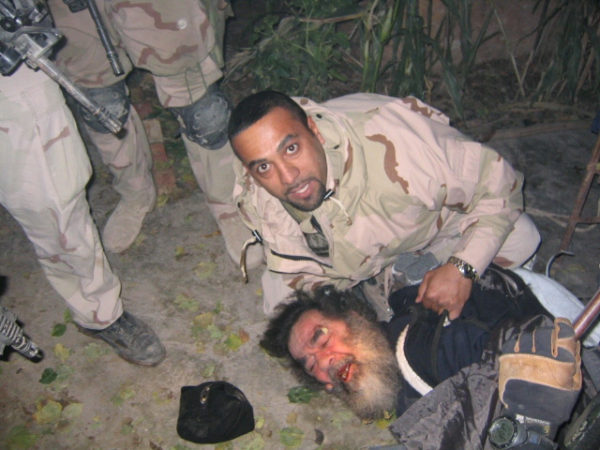
According to Faust, Ba’athification was an effective strategy of political control. It gave rise to a worldview that commanded Iraqis to adopt to prevailing rules and norms if they wanted to survive and prosper.
On a deeper level, however, Ba’athification was a failure. It contributed to Saddam’s and the Ba’ath Party’s hegemony, but did not seal their legitimacy.
“The Ba’athist era left a legacy that today’s Iraq is still struggling to overcome,” Faust writes. “Thirty five years of Ba’athification made its mark on Iraq in the form of corrupt and dysfunctional political institutions; a disregard for the rule of law; a crony economy; communal mistrust; a culture of violence, paranoia and revenge; the destruction of Iraq’s civil society; the manipulation of Iraq’s religious and tribal institutions and values; and the brain drain, death and physical and economic destruction of Iraq’s infrastructure and middle class brought on by war and UN sanctions.”
Quite an indictment.
